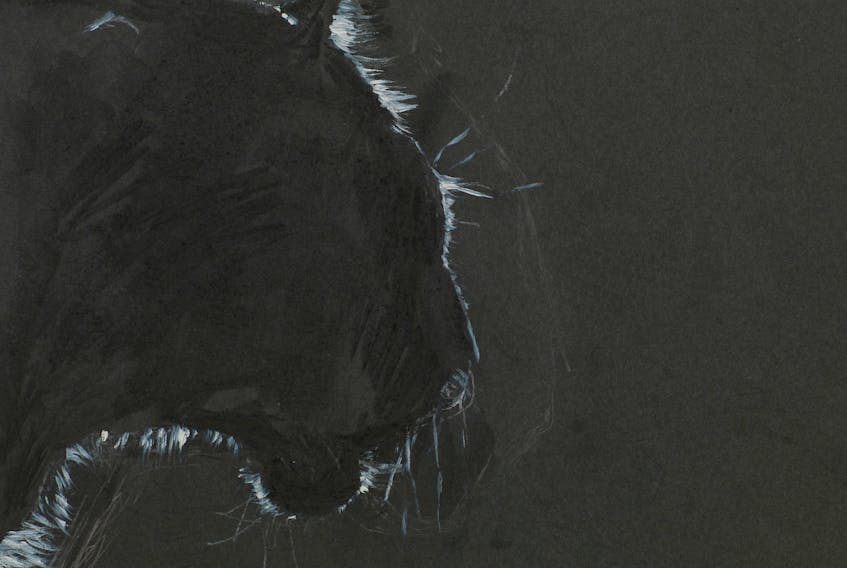The sightings of big black cats on the province’s west coast are getting a little too frequent to ignore. Between the consistencies of the reports to the geographic location of the supposed cats, something peculiar is happening relating to this non-native species apparently roaming our forests.
Are there large, black cats inhabiting the woods of western Newfoundland? The obvious answer seems to be no.
Let’s look at what the science tells us.
RELATED:
'Another reported sighting of large black cat near Deer Lake prompts new warning'
The jaguar’s historic range used to include much of the southern half of the United States, but in recent decades has receded about 1,000 kilometres to include only the Southwestern states such as New Mexico and Texas.
They are predominantly found in South and Central America where it prefers the tropical, subtropical and rainforests. There have not been any confirmed sightings in North America and the apparently just one found in continental United States in the recent past, a spotted jaguar named El Jefe, spotted in Arizona in 2016.
Let’s say it’s not a jaguar that people are spotting though, and its cousin a cougar. While not black — at least none documented — the cougar's habitat more closely resembles the boreal forest of the island portion of this province.
The cougar has the great range of any wild mammal in the Western Hemisphere, with confirmed sightings in the southern Andes of South America right up to the Yukon.
It’s known to be an adaptable, generalist species that’s solitary by nature, but it’s also said to be largely nocturnal. It prefers canyons, escarpments rocks and dense brush for its habitat. Lately, it's not been confirmed east of Saskatchewan, however our friends in Quebec continue to claim sightings.
The wildlife ministry in our neighbouring province, however, says there hasn’t been any proof there either, despite a Quebec farmer capturing what appeared to be a large tan cat on a digital game camera.
The experts tell us it can’t be.
But can so many people in this province, as well as throughout Quebec, be wrong? There has to be something in our woods that’s getting people’s attention.
We can’t say it’s a cougar for sure, but there is something there, something beyond moose and bears being spotted regularly.
What we need to do now is work on proof of this. If we can’t get photos, surely we can find paw prints. Until we do, it will remain folklore and not be taken as scientifically serious.









